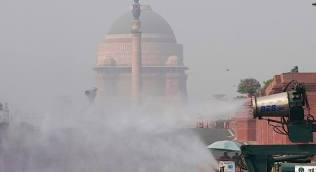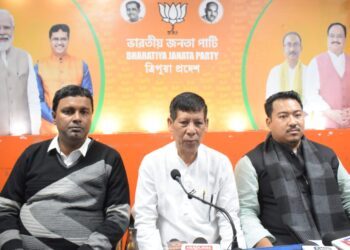New Delhi, Oct 29: The much-publicized cloud seeding experiment in Delhi on Tuesday, aimed at inducing artificial rainfall to combat the city’s worsening air pollution, ended in disappointment as not a single drop of rain was recorded. Despite widespread anticipation, the effort failed to produce the desired results—largely due to insufficient moisture in the atmosphere, a critical factor for cloud seeding success.
The experiment, conducted jointly by scientists and meteorological experts, was expected to bring temporary relief to Delhi’s residents who have been grappling with hazardous air quality levels for weeks. However, weather conditions did not favor the process. Experts later explained that without adequate humidity and cloud density, silver iodide particles released during cloud seeding cannot catalyze rainfall effectively.
For many residents, the day’s anticipation was reminiscent of the final scene from the Bollywood classic Lagaan, where long-awaited rains signified triumph after struggle. Citizens hoped that the skies over Delhi too would open up—marking a symbolic victory over pollution. But the elusive rain never arrived, and the city’s toxic smog continued to blanket the skyline.
According to the India Meteorological Department (IMD), moisture levels were far below the threshold required for the experiment to succeed. “Cloud seeding is not a magic wand—it requires conducive conditions, which were missing today,” a senior official said.
Meanwhile, Delhi’s Air Quality Index (AQI) remained in the “severe” category, with pollutants continuing to threaten public health. Environmentalists urged the government not to rely solely on such experiments but to strengthen long-term measures like vehicular emission control, industrial regulation, and green cover expansion.
As the city waits for natural rain to offer respite, Tuesday’s failed trial serves as a reminder that tackling Delhi’s pollution crisis demands more than just technological quick fixes.


















